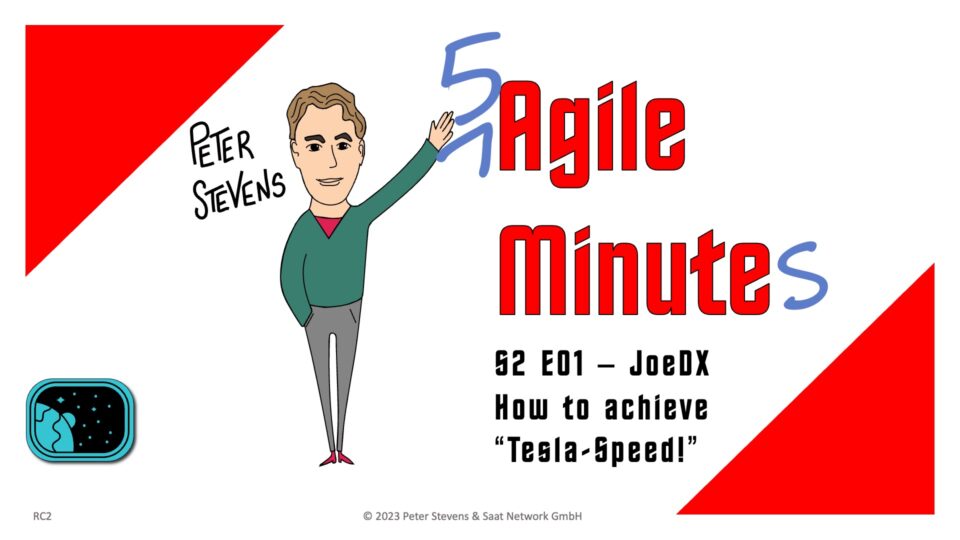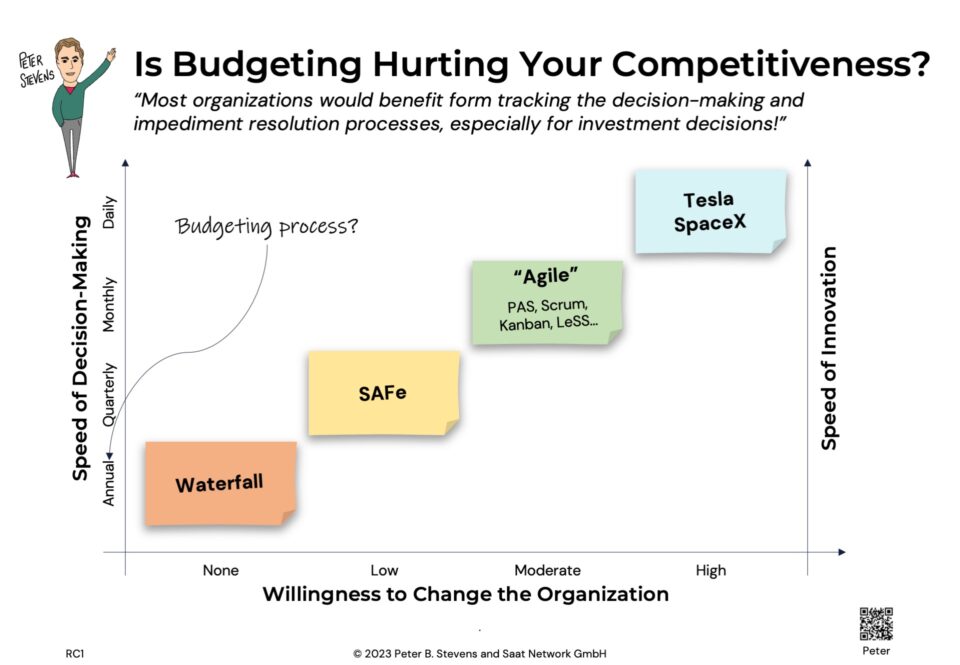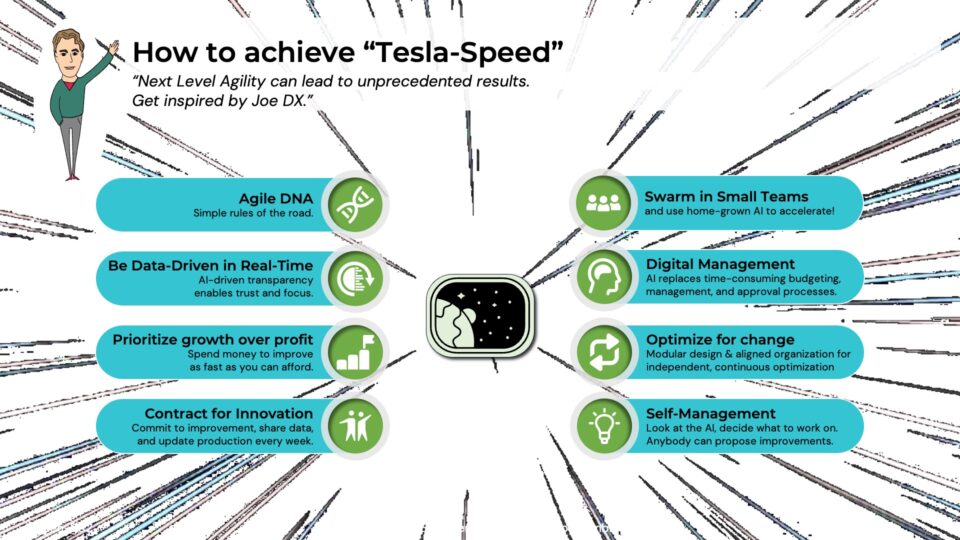XM Principle 7: Continuous Integration Development.
07-07-2014XM Principle 9: Scaling Patterns
09-07-2014Extreme Manufacturing requires going from an idea to a deliverable, working product or service in 7 days or less. How do you produce a new design in volume in such a compressed timeline?
Let’s look at how traditional companies address the problem of new product creation: When a traditional car manufacturer designs a new transmission, they build a new factory. Step one is to negotiate with various political districts for optimal conditions, e.g. access to roads & power, conditions for taxation, etc. Then they acquire the land, build the facility, hire and train the workforce, and configure the line. After many years of preparation, their customers can finally order a product for delivery.
How do you compress years of lead time down to a one week delivery cycle?
This Principle involves making the mass-manufacturing line flexible, so it can produce different products within a 7 day sprint. These products might be existing products, modified products or completely new products.
Achieving this operational flexibility might mean additive or subtractive rapid prototyping machines, or both. It might mean some machines or lean cells are placed on lockable casters so they can be wheeled in or out of the flow depending on the sprint goal. This often means that the team reconfigures the machinery following daily Scrum each morning. And this always means test fixtures connected to andon lights at all stages of the line.
R&D belongs at the head of the line. If the new product design team is within earshot of the volume manufacturing line, bi-directional communication occurs. If the R&D group deploys to the production line every sprint, both teams can work together to reconfigure the line to test and produce the new product. As cross functional skill grows, any separation between the R&D and manufacturing team dissolves and we simply have the cross-functional product team. Each individual has specializations, welding certifications for example, but through pairing they work on every aspect of the product flow from idea to customer delivery and support.
How are you going to get a truly marketable product, if you only have seven days to create a new product? See XM Principle 5: Iterate the Design. The objective is to create a first version within a week. Then iterate on the design to improve it as needed. Use the intermediate results to get feedback from customers, users and other stakeholders. Early designs will be big and clunky, making use of off-the-shelf components, but as you iterate the design and get feedback on it, you will zero in on your target.
For services, the story is exactly analogous. Ideally the service providers are the advanced marketers and innovators of new services, and within a sprint they interact with customers to improve the service and make the improvements available to the customers.
Next: XM Principle 9: Scaling Patterns
The 10 Principles of Extreme Manufacturing
This article was written by Joe Justice and Peter Stevens.




